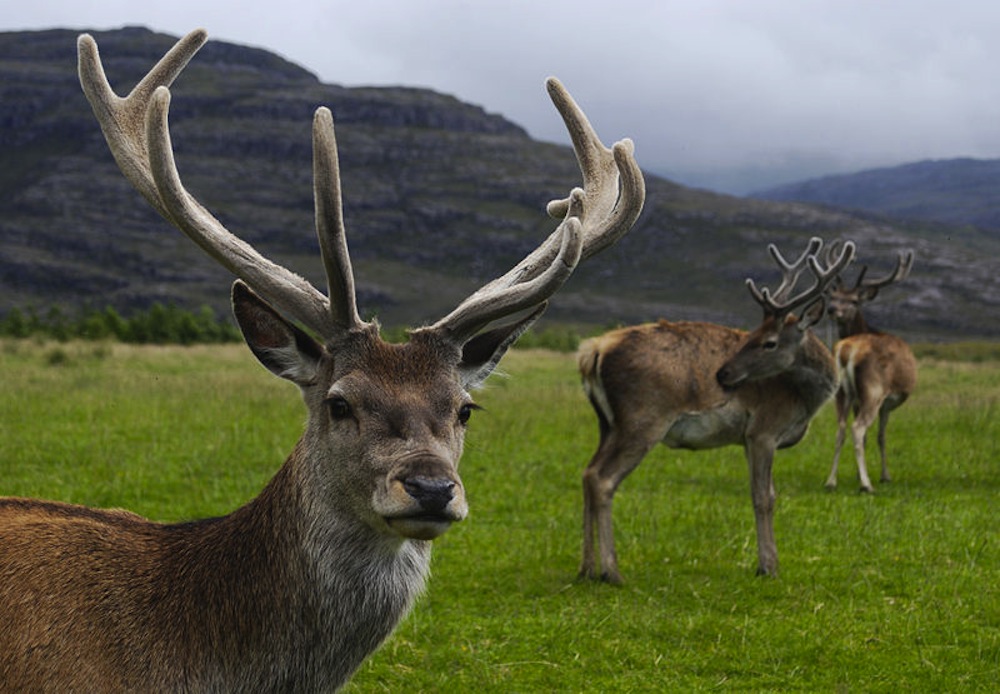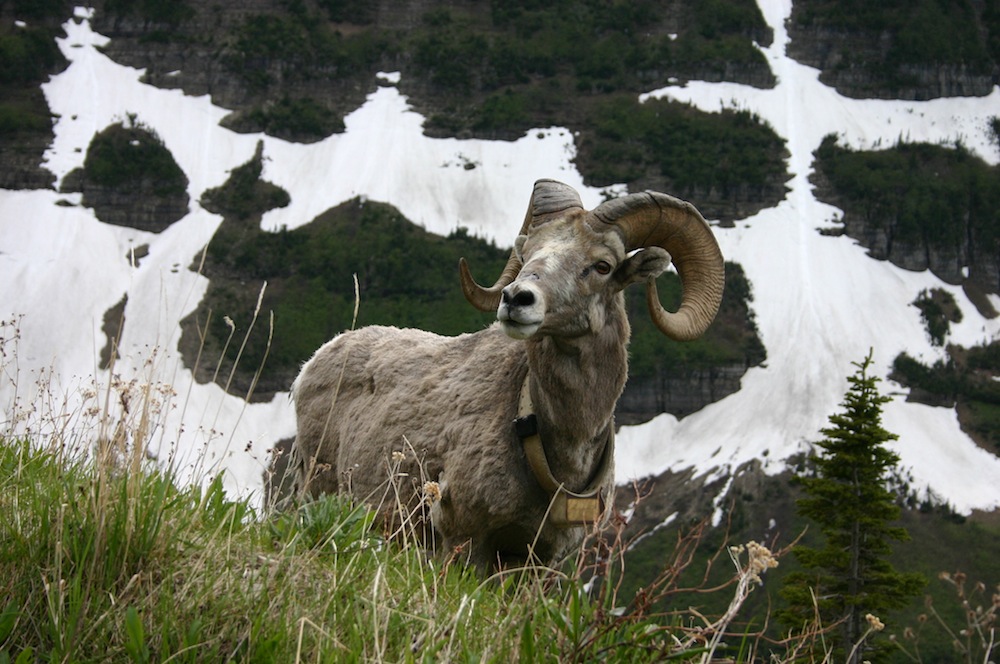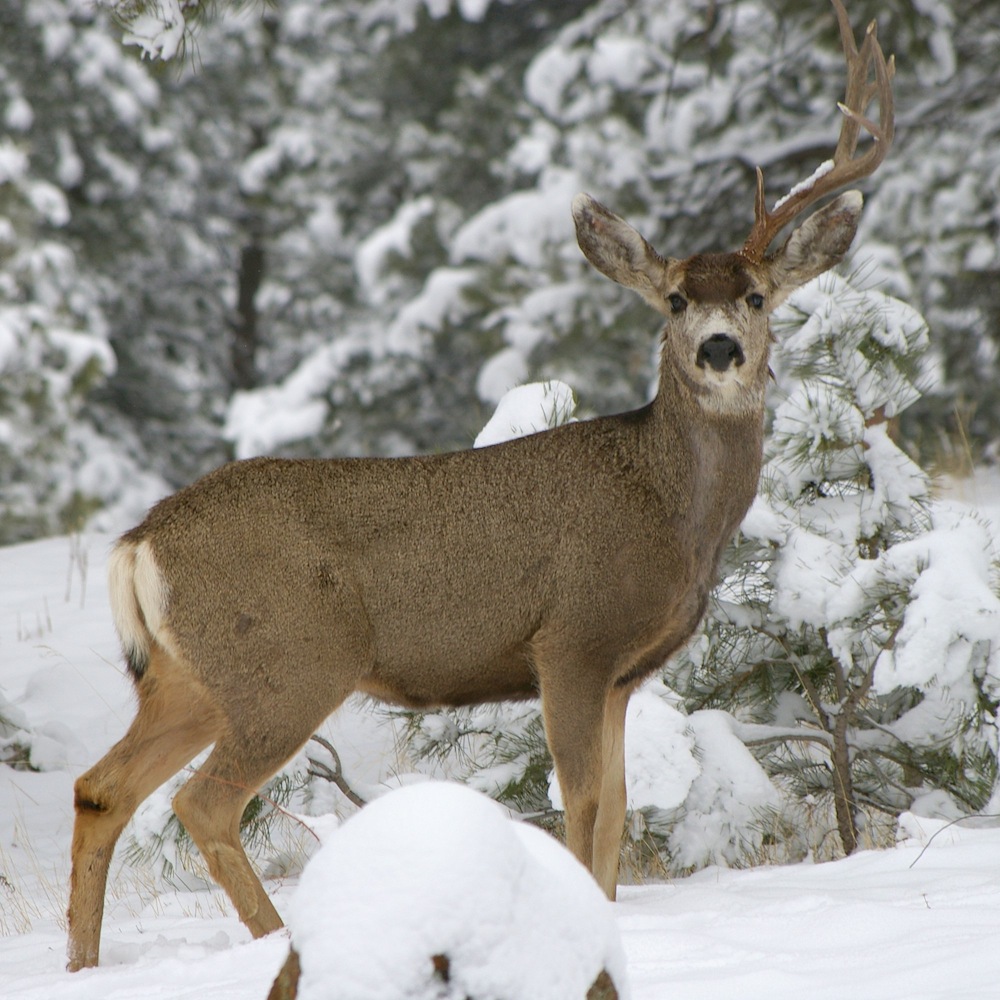How Did Animals' Dazzling Headgear Evolve?

A dazzling variety of head ornaments have evolved in animals such as sheep and cows, moose and elk, giraffes and pronghorn antelope. How this family of animals has developed such a wide variety of headgear has long stumped researchers.
"We don't have a good understanding of how living members of these groups grow their antlers," study researcher Edward Davis of the University of Oregon told LiveScience. "Understanding how these things grow and develop, it will help us understand the biological processes that can help people."
Understanding the processes involved in antler growth could help researchers understand how to re-grow skin quickly to cover burns or elongate bones to help amputees.
The new analysis of published research, conduced by Davis and colleagues, sheds light on how their headgear develops, but many questions remain unanswered.
Four forks
The headgear of these animals, called ruminants because of their special stomachs, comes in a variety of shapes and sizes: From the curling horns of the bighorn sheep to the branching, velvety antlers of the deer. Even the mighty giraffe gets in on the game, with strange skin-covered nubs growing from its head. [IMAGE ALBUM: Cows, Deer and Giraffes Sport Dazzling Headgear ]
Based on similarities and differences between the head stylings of each species, they are usually separated into four groups: the bovids (cows, goats, antelope), the cervids (deer, moose, elk), the antilocaprids (pronghorn antelope) and the giraffids (giraffe and okapi).
Get the world’s most fascinating discoveries delivered straight to your inbox.
The simplest horns are those of the giraffe, which are just bone projects covered in skin and hair.
Horns of cows and goats are made of bone (in structures called "horn cores"), covered in skin and a layer of hardened "horn" of keratin (the same protein that makes up hoofs, hair and nails). The headgear of the pronghorn antelope, on the other hand, has a bone center, but it has a special outer layer that it sheds and re-grows every year.
Animals like deer, moose and elk have antlers, which, instead of just sloughing off the outer layer of their horns, sprout a new pair every year. These animals have special stem cells in the knobs at the base of their antlers, which allow this regeneration.
Or just one?
Many researchers believe that these diverse styles of headgear have evolved separately, as many as four times in the different ruminant lineages. From his analysis of the published data, Davis thinks that each of these sets of headgear could have evolved from a single ancestor animal that had headgear of some sort.
It's also possible, he notes, that this ancestor just happened to have the correct mix of genes and proteins for its decedents to evolve these horns, which could be why they are so widespread among ruminants, he told LiveScience.
Further research into these animals and their ancestors is needed to decipher this deepening mystery.
The study was published today (July 5) in the journal Proceedings of the Royal Society B: Biological Sciences.
You can follow LiveScience staff writer Jennifer Welsh on Twitter @microbelover. Follow LiveScience for the latest in science news and discoveries on Twitter @livescience and on Facebook.
Jennifer Welsh is a Connecticut-based science writer and editor and a regular contributor to Live Science. She also has several years of bench work in cancer research and anti-viral drug discovery under her belt. She has previously written for Science News, VerywellHealth, The Scientist, Discover Magazine, WIRED Science, and Business Insider.





